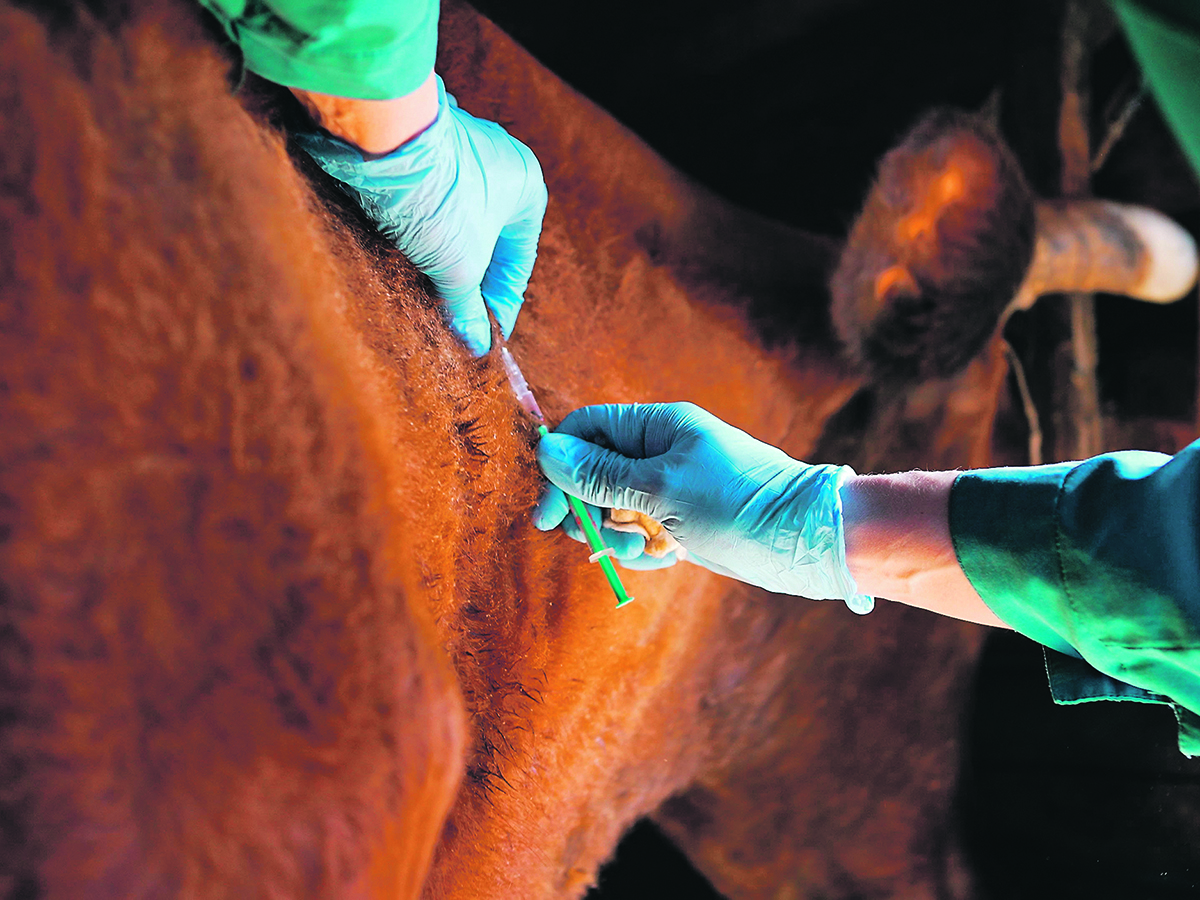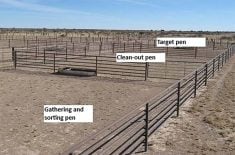Without a doubt, environmental issues such as pollution, climate change and habitat loss impact animal health.
Our collective future depends on finding new and better ways to tread lightly on our delicate planet.
Environmental stewardship is a key pillar of the veterinary profession. The Canadian veterinary oath even includes the provision that “I will strive to protect the health of the public and the environment.”
Read Also

Beef cattle more prone to trace mineral deficiencies
The trace mineral status of our cows and calves is a significant challenge for western Canadian producers and veterinarians.
These lofty but important goals facilitate a role for the veterinary profession in supporting environmental sustainability in our practices, as well as with the clients we serve.
At the individual clinic and farm level, these can include reducing waste and water use, increasing energy efficiency for lighting, heating and appliances, using suppliers with sustainable business practices and choosing low emission vehicles.
Veterinarians can be a valuable resource to farmers wishing to enhance their environmental sustainability efforts. As broadly trained professionals, there is knowledge and support for evidence-based practices.
Waste
Tackling waste is a frequent focus of sustainability efforts in health care due to the large volumes of waste generated.
Waste reduction is challenged by the need to balance safety, cost and time. While it would be wonderful if every piece of equipment used for health-care procedures in clinics or on farms could be reused, this isn’t always practical or safe.
For instance, needles for injecting vaccines or medication lose their sharpness and can spread infections if used for multiple animals. Items with contamination (blood, feces, urine) are considered biohazards and cannot be recycled.
While some items can be sterilized for reuse, such as surgical instruments, this takes time and other resources such as electricity and water.
However, where we can reduce waste, we should do so.
Waste audit
A waste audit is an interesting and informative exercise to undertake before embarking on any waste-reduction activity. This involves collecting, sorting and documenting all waste generated over the course of a day or two.
It can be done by veterinary practices and farms for areas such as animal health procedures. This careful look at waste identifies ways to apply the 3 Rs of sustainability: reduce, recycle and reuse.
The addition of rethinking and research may further refine waste reduction. Are there clean supplies in the trash that could be reused for other purposes? Are recyclable, non-contaminated items being sorted appropriately? Could disposable items be rethought, such as switching from disposable coveralls to washable fabric clothing?
Drug disposal
Another sustainability practice with application both in veterinary clinics and on farms is the appropriate disposal of veterinary drugs.
Dumping drug waste into sewer and water systems is problematic because these drugs then enter the environment, including water sources. This has direct negative consequences for aquatic ecosystems and wildlife.
There are also growing concerns about how residues from many drugs in drinking water can broadly impact the health of animals and people. It is important to discuss proper disposal options for unused, expired or contaminated medications with your veterinarian.
The future
What does the future of sustainability look like for veterinary medicine and the large animal clients we serve?
The increasing use of technology may have substantial impacts. For example, tele-veterinary medicine, where clients have remote access to veterinarians will become increasingly common.
The next decade will see traditional disposable plastics replaced by those that can biodegrade or be composted. For instance, most nitrile gloves are non-recyclable and are typically produced using fossil fuels. There are some biodegradable options available that would work in clinic and farm settings and these may become the standard soon.
Veterinary schools that embrace sustainability as a value cannot only reduce their environmental impact but also graduate veterinarians trained and equipped with knowledge and practices to take with them into their careers.
Provincial veterinary associations can increase support for vets and clinics to improve their sustainability efforts.
Livestock producers and pet owners are consumers of veterinary services and can choose to give their business to veterinarians who are actively working to increase sustainability in their practices.
While it may be a while before every vet clinic is outfitted with solar panels and large animal vets drive electric trucks to farm calls, there are meaningful opportunities we all can take right now to reduce our environmental impact.
Dr. Jamie Rothenburger, DVM, MVetSc, PhD, DACVP, is a veterinarian who practices pathology and is an assistant professor at the University of Calgary’s Faculty of Veterinary Medicine. X: @JRothenburger















